Labrouste Reading Room
This off-limits room in the National Library of France is home to a system of pneumatic tubes, once used to bring books to readers.
There’s a reason history regards Pierre-François-Henri Labrouste so fondly: in addition to being among the most important architects of the 19th Century, the man was also a magician of sorts.
Even during his own lifetime, Labrouste was renowned for his ability to close the space between beauty and practicality — and nowhere is this more evident than in the reading room that bears his name, inside the Richelieu-Louvois annex of France’s National Library.
The library in which his reading room still sits was the second of two building projects that continue to garner the most acclaim for the architect (the Bibliothèque Ste.-Geneviève being the other). Constructed from 1859–75, Labrouste’s neoclassical masterpiece debuted to much fanfare, both popular and critical.
Again and again, Labrouste returned to the use of iron in his work. Inspired by Parisian markets and railway stations, the Labrouste Reading Room is known for the 16, arboreal iron pillars propping up a series of pendentived terra cotta domes. Light filters down into the space by way of skylights, and makes the room’s towering ceilings seem to reach even higher than its five stories. In typical Labrouste fashion, the architect found a way to harness the strength of one “ugly” substance in order to let other “pretty” materials soar — in spite of their weakness. His achievement is one whose combined power and delicacy continues to be cited in textbooks to this day.
Yet perhaps the most fascinating element of Labrouste’s design is invisible to the eye: a huge system of pneumatic tubes designed to bring books to and from readers. A glass partition separated readers from many of the stacks, containing a staggering quantity of information. At the time, visitors could witness the rapid distribution of documents from behind the glass wall, to patrons within the reading room. Though similar systems involving pneumatic tubes exist elsewhere, Labrouste made this space-age document delivery service a reality, decades before these other institutions, and his tubes have lasted to this day.
Between 2010 and 2017, the Labrouste Reading Room has been closed due to a series of extensive renovations. The overarching renovating plan involved modernizing and reorganizing the collection in a manner better fit for researchers, while enhancing preservation conditions of the texts contained therein. The library opened again for visitors in July 2017 and it is now a centre for education and national culture.


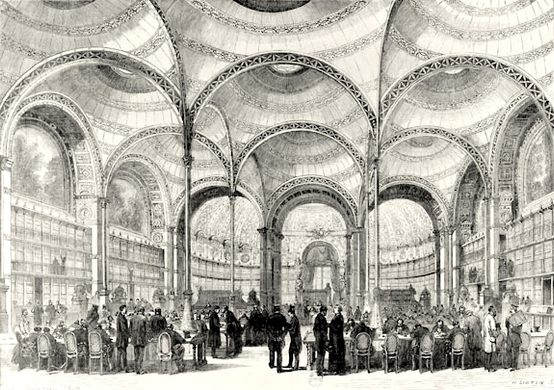
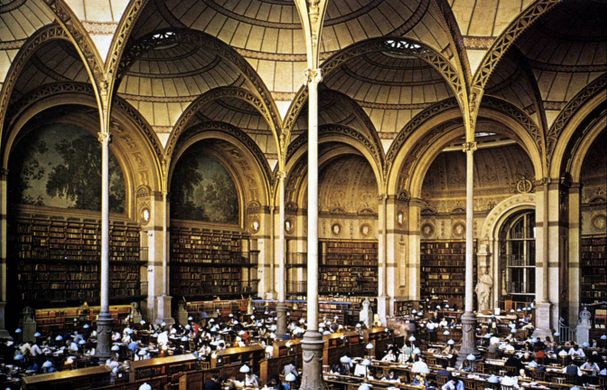
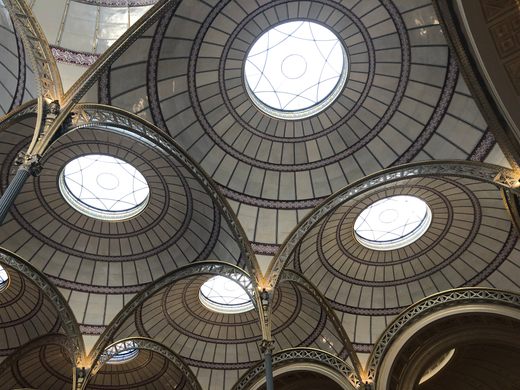
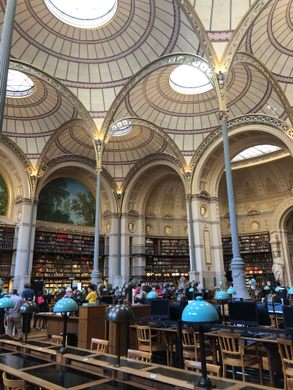
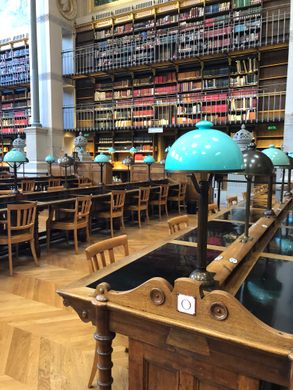
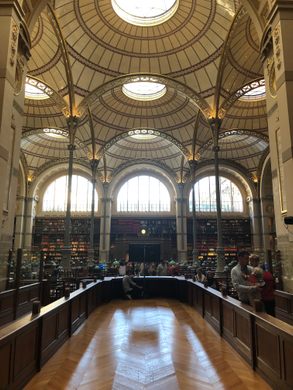











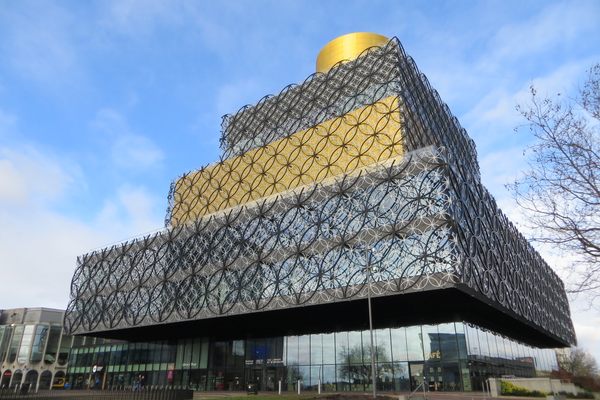
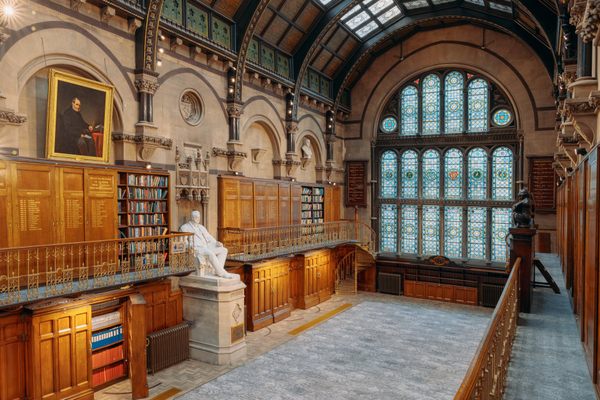
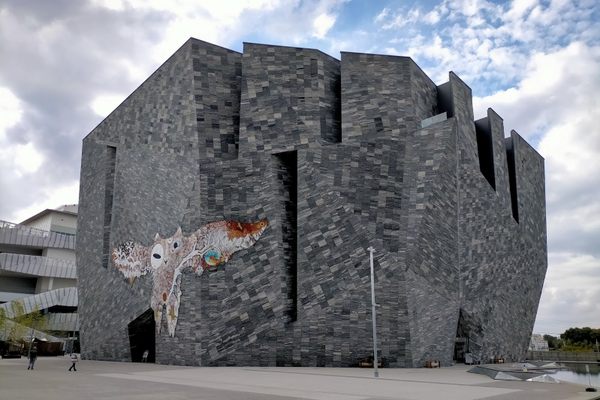

Follow us on Twitter to get the latest on the world's hidden wonders.
Like us on Facebook to get the latest on the world's hidden wonders.
Follow us on Twitter Like us on Facebook